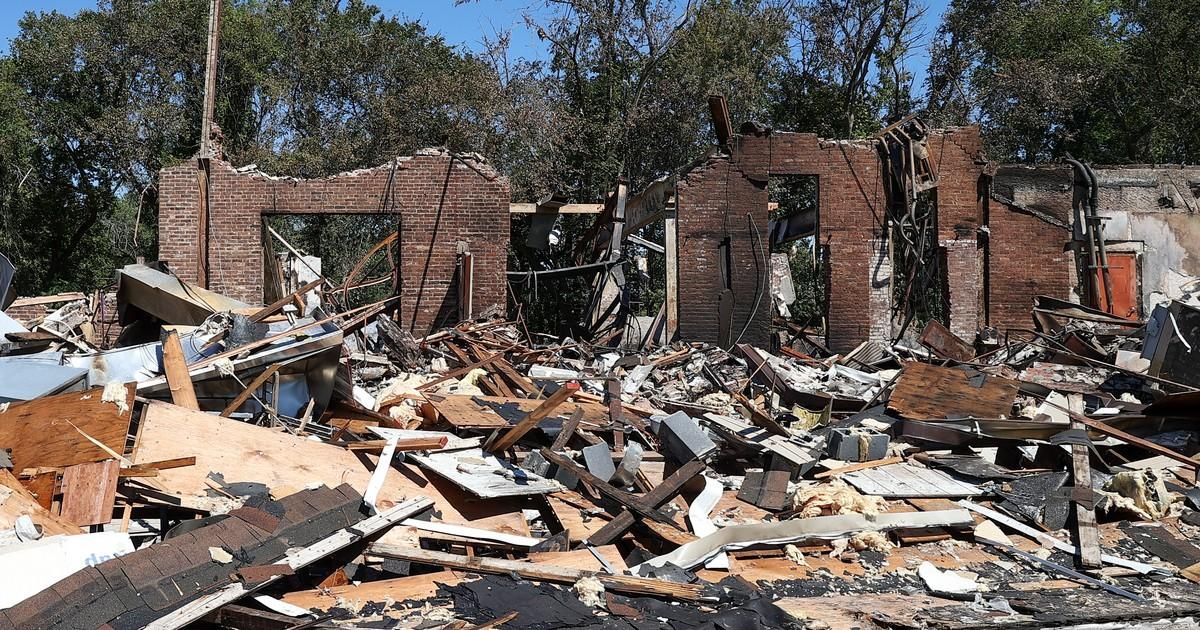
The headlines in recent weeks read like signs of an impending apocalypse. Sixteen years to the day since Hurricane Katrina slammed into New Orleans, the Louisiana coast was again battered by Hurricane Ida, one of the strongest storms ever recorded in the state. Wildfires in California have blanketed the western U.S. with smoke, prompting mass evacuations. In New York, floodwaters poured into the subway and through the windows of basement apartments.
As the Environmental Protection Agency recently reported, climate change will continue to disproportionately impact people of color, a startling fact that illustrates some worrying patterns.
While scientists and journalists are quick to point out that no single disaster can be traced directly to climate change, one thing is clear: storms, wildfires, floods, and related hazards are all becoming more frequent and severe as the planet warms. The worse these climate impacts become, the more people will be forced to move between borders, destabilizing fragile countries and contributing to the rise of xenophobic politicians who undermine the tenets of an inclusive society. Widespread drought and crop failure in Central America, for instance, continue to force people to pull up stakes and make the dangerous journey north to the United States, and far-right politicians have been quick to exploit their suffering to capitalize on misguided fears of immigration.
But here’s the thing: climate-forced displacement isn’t just something happening in foreign countries. Instead, it’s increasingly occurring here at home, and already forcing hundreds of thousands of Americans to flee their homes, in many cases permanently. As the Environmental Protection Agency recently reported, climate change will continue to disproportionately impact people of color, a startling fact that illustrates some worrying patterns. Most noticeably, these communities will bear the brunt of environmental racism as they are forced to engage with a federal government that does little to prioritize funding to help these communities adapt, rebuild, and/or relocate.
When U.S. politicians discuss the possibility of “climate migration,” many think of people being forced to abandon their homes in small island nations or desert countries due to rising sea levels or severe droughts. While these problems are real—and call for political action grounded in human rights—an exclusive focus on international migration can be misleading. After all, as the World Bank has noted, the vast majority of climate-related displacement occurs inside—not between—national boundaries.
The United States, in this regard, is no exception. More than 1.2 million Americans are currently displaced from their homes because of climate change impacts—including increasingly severe storms, wildfires, and flooding. Looking at the past decade, the numbers become even more startling. The United States has been hammered by at least 910 ecological disasters in the last 10 years, with nearly 8 million people losing their homes as a result. Recent reporting suggests that some 50 million Americans will be affected by climate migration in the decades ahead.
These impacts are felt by Americans from all walks of life, from inhabitants of beach towns in places like the Outer Banks, North Carolina, to residents of inland California and the Pacific Northwest being forced to flee their homes or change their daily lives because of deadly wildfires and historic heatwaves. As with other natural hazards, these effects fall hardest on people already deprived of resources. No one is truly “safe” from climate change, but the impact will hit some communities harder than others.
A case in point is the experience of Americans Indians and Alaska Natives. Of all U.S. residents, Indigenous people—like other communities of color—have often contributed least to the climate crisis in terms of net fossil fuel consumption. Yet, Indigenous communities from Alaska to Louisiana have borne the brunt of first-wave climate migration in the United States due to the inundation of low-lying coasts, shoreline erosion, and the melting of the Arctic permafrost.
Historically, genocide, settler violence, and forced assimilation policies uprooted generations of Indigenous people from their ancestral homes. Many of these communities survived and even flourished in spite of these attacks; now they face a renewed threat in the form of a climate crisis they did so little to cause.
The Alaska Native village of Kivalina, for example, currently sits on land to which the federal government forced them to relocate to in the 1950s. Now, that land is melting beneath their feet. The village has been negotiating with the federal and state governments for years about the need to relocate yet again, but so far policymakers have not provided the resources that would enable them to do so.
The Biden administration can and should take immediate steps to help respond to climate migration that is already happening—both abroad and inside the U.S.
The administration should begin by listening to the communities already facing climate displacement. A number of these frontline communities have crafted concrete policy recommendations for the administration and Congress, including increased federal funding for adaptation-in-place and relocation, and addressing racial disparities in the distribution of federal disaster relief funds.
Biden can also act on his own to solve a problem that internal government watchdogs first raised more than a decade ago. In 2009, the Government Accountability Office warned that there is currently no lead federal agency tasked with managing climate displacement when it occurs. Biden could remedy this by creating a new Cabinet-level position or interagency working group to shoulder this task.
Figuring out how to help people being forced out of their homes by climate change won’t be easy, but it’s a problem we need to confront head-on. Our country’s most historically dispossessed communities are already being hit. Left unaddressed, increasingly large parts of the U.S. will soon be as well.
Climate Change Is Triggering a New Refugee Crisis—Inside the US
Source: Articles Viral Post
0 Comments